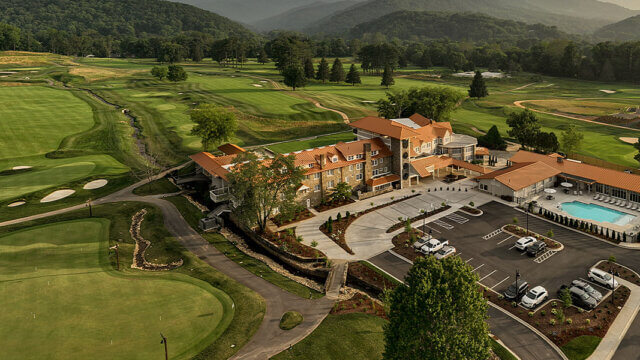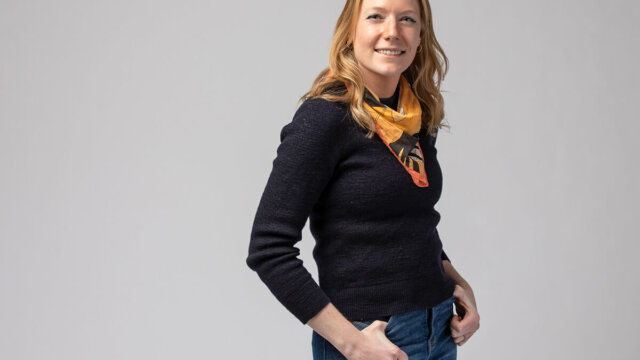By Gavin Philipp
When it comes to hospitality design, working with architects and designers on ensuring F&B spaces are optimized is a true career passion of mine. I do my best to not pretend to be an interior designer and critique selections, color, and fabric (usually with success, wink); however, when it comes to the functionality, durability, placement and layout of the space, this is where F&B operational experts can be of great value to a project.
It’s crucial that design experts have a hand in the branding and concept development process of restaurant spaces; this always needs to come first and helps guide these experts with their thought process on overall design and selections. For example, depending on how detailed the concept development process is, the color palette selections occur here and steer the designer down the right path. The language that’s used to describe the concept can also be instrumental to a designer and gives them a better understanding of what’s trying to be accomplished. Designers’ involvement in this phase of a project also helps avoid delays in the project, setting clear alignment on vision from the beginning.
The design review process for restaurants and other F&B spaces is fun for the operators, and I also genuinely feel that designers appreciate and embrace the operational feedback. Take for example furniture selection and layout within the space. There could be one three-hour meeting on just this topic with the stakeholders. The operator may know the desired capacity the best, and the designer has put together boards to show the selections and materials as well as lay out the room with the furniture. There is an amicable and candid back and forth on what looks good (and fits the concept), the mix and layout of seating (i.e., four tops, two tops, bar seating, etc.) Does it feel too crowded in certain areas? More bar/lounge seating versus traditional, dining (let’s drive more beverage sales)?
Also, while we’re not designers, fabric selection and color do matter to us; people are eating and drinking in these spaces. In my experience, there are typically three-plus sessions on this alone, but it’s all for the betterment of the project and serves as another opportunity to solidify the overall team’s visions and goals.
For operators, two other very important and sensory components to the design selections are flooring and lighting. For example, if you desire a noisy and social atmosphere (i.e., a tavern or pub concept), the flooring may matter less in terms of soundproofing with carpets and area rugs. As for lighting, you want any space to be warm and inviting but not the point where everyone is pulling out their cell phone flashlights to read the menus.
Cross functionality can also be important in some cases with design and product selection. For example, we have a project underway where we’re trying to utilize an F&B space as both a consistent dining space for one of the restaurants, but also as one of our primary spaces for indoor meetings and events. This has required a much more detailed review of selections, as this has a major operational impact. The on-site team cannot be moving furniture in and out of the space on a consistent basis because it just “does not work” for one or the other. Selections are being made that can serve both purposes, and in the end, it truly creates a more distinct layout and furniture options on the meetings and events side.
The involvement in the pre-opening side of the development of hotels and restaurants has truly been a highlight of my career. Working with talented architects and designers to see a developer or owner’s vision through can be extremely rewarding and ultimately lead to a great experience for our guests.
Gavin Philipp is the EVP, Woven by Raines, a specialized division that weaves a distinct development, marketing and service approach for each of Raines’ boutique properties.
This is a contributed piece to InspireDesign, authored by an industry professional. The thoughts expressed are the perspective of the bylined individual.




